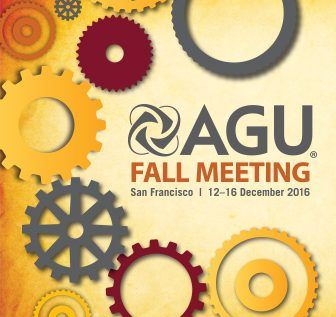Lin, 2016
Hot Spots and Hot Moments: Linking Hydropedology and Biogeochemistry in the Critical Zone (Invited)
Lin, H. (2016)
2016 Fall Meeting, American Geophysical Union, San Francisco, CA, 12-16 Dec.
-
IML, Shale Hills, INVESTIGATOR
Abstract
Heterogeneity is an inherent attribute of soils. Fluxes of elements and rates of biogeochemical dynamics are spatially and temporally variable, which are frequently linked to hydrologic conditions. Biogeochemical hot spots are patches in the landscape that show disproportionately high reaction rates relative to the surrounding matrix, whereas hot moments are defined as short periods of time that exhibit disproportionately high reaction rates relative to longer intervening time periods. Improved understanding of preferential flow has considerable implications for determining chemical fluxes and calculating elemental budgets in soils and ecosystems. Spatial variation in soil water and nutrient cycling are also linked to the distribution of soil microorganisms. However, the spatial variation in soil microbial communities is only beginning to come to light as new analytical tools are developed. Substantial amounts of microbial biomass not only exist in subsoils, but microbial activity is probably much more tightly coupled to hydrology in the subsurface than it is in surface soils. Little is known about in situ response dynamics of subsurface microbes, which could be influenced strongly by temporal and spatial variability of water and nutrients. Relatively deep zones of heightened microbial activity are often coincided with preferential flow paths of water in the subsurface.
Citation
Lin, H. (2016): Hot Spots and Hot Moments: Linking Hydropedology and Biogeochemistry in the Critical Zone (Invited). 2016 Fall Meeting, American Geophysical Union, San Francisco, CA, 12-16 Dec..
 This Paper/Book acknowledges NSF CZO grant support.
This Paper/Book acknowledges NSF CZO grant support.
Explore Further


